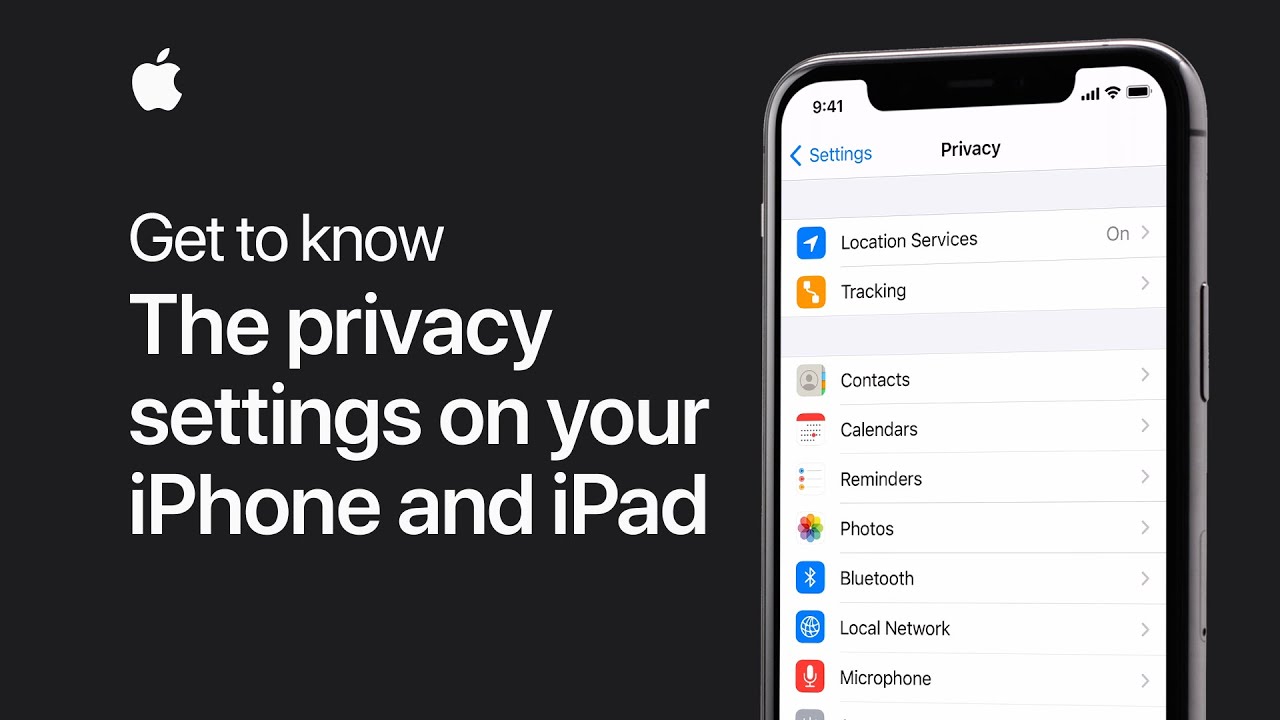
Exploring the Intricacies of Digital Advertising and Personal Data Privacy
In today’s digital landscape, understanding how our data is used and protected is critical. With powerful brands like AOL and Yahoo leading the charge, we must delve into the complex world of digital advertising and the role our personal information plays within it.
The Impact of Cookies on User Experience
Cookies are at the heart of the digital advertising ecosystem. They allow websites and apps to remember our preferences, enhancing our online experience. However, this convenience often comes at the expense of our privacy. I often find myself torn between the desire for a seamless browsing experience and the growing concerns I have about my digital footprint.
 Understanding how cookies affect our online privacy
Understanding how cookies affect our online privacy
As I navigate my favorite sites, I can’t help but think about how many cookies are being deposited on my device. Every click seems to contribute to a vast web of advertising tailored to my inferred preferences. It’s one thing to receive personalized content; it’s another to realize just how much data is being harvested in the process.
The Dialogues Around Accepting Cookies
When prompted with cookie consent notifications, I often click ‘Accept all’ without much thought. It’s all too easy, isn’t it? Yet, with over 240 partners relying on data from our browsing habits, I realize that this simple click opens the floodgates to a plethora of uses for my information—everything from targeted ads to audience research. The privacy policies can feel like a maze, full of intricate terms that seem specifically designed to perplex users.
“The balance between convenience and privacy is heavily tipped towards convenience in today’s digital age.”
This statement resonates deeply with me as I reflect on my own tendencies. Do I really know what I’m giving up in the name of a more personalized experience?
Customizing Privacy Choices
What’s fascinating (and somewhat daunting) is that we have options. The ability to customize privacy settings offers a sense of control over our data usage. Clicking on ‘Manage privacy settings’ provides an opportunity to tailor our preferences, but how many users actually engage with these settings?
 Taking control of your digital privacy
Taking control of your digital privacy
From my experience, most people are overwhelmed by the choices and complexities. It’s often easier to stick to default settings than to sift through layers of permissions and implications, leading to a false sense of security.
The Broader Implications on Society
As digital users, we must question not just what we accept, but also what we allow to dictate our online behavior. The ethics surrounding data usage is becoming increasingly murky. The convenience we’ve grown accustomed to comes with an intricate network of data-sharing practices that may not be as beneficial as we think.
Learning more about these issues compels me to take a more active role in my digital life. I’ve started reading the privacy policies of the apps I use regularly and have even dipped my toes into different web browsers that prioritize privacy over advertising—ultimately aiming for a balance that feels right for me.
 Exploring digital privacy options
Exploring digital privacy options
Conclusion: A Call to Action
In conclusion, as we continue to embrace technology in all its forms, let’s not forget to advocate for ourselves. Being informed and proactive about our privacy settings is more important than ever. To truly enjoy the benefits of our digital experiences, we must understand the trade-offs involved. It’s time to demand transparency from companies and to educate ourselves and others on the importance of protecting our digital identities. The more we know, the better equipped we’ll be to navigate the increasingly complex crossroads of convenience and privacy.
In the end, it’s not just about accepting or rejecting cookies; it’s about actively participating in the conversation on digital data usage. Each of us has the power to shape our digital footprint. Let’s use that power wisely.













